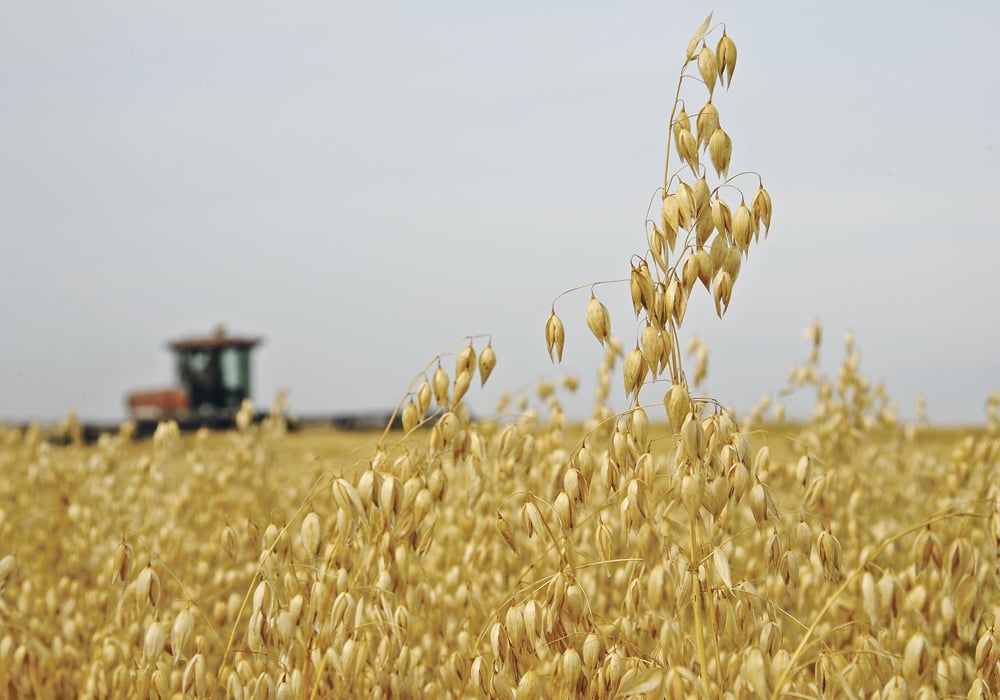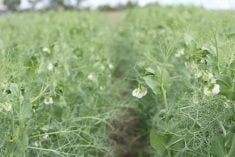Production problems in Canada as well as in key international exporting countries have left millers scrambling
Strong demand for top-quality Canadian milling oats could result in significantly larger western Canadian oat plantings next year.
That’s according to John Duvenaud, a leading oat market analyst and publisher of the Wild Oats Grain Market Advisory in Winnipeg.
Duvenaud said strong oat prices and excellent forward prices will have many growers looking at oats as a good planting option next spring.
“There’ll be a lot of oats planted in the spring,” he said.
“We’ve got high priced oats right now … and forward prices are excellent, so the oats will get put in.”
Read Also

Prairies have variable soil moisture conditions
The dry weather in the west was welcome for preserving grain quality and advancing harvest, but it has resulted in very dry soil moisture conditions.
Prices for milling oats have been climbing since September.
Average elevator bids in Manitoba were in the $3.80 per bushel range as of mid-December, up from $3 about three months earlier.
Growers in some parts of southern Manitoba are seeing bids in the range of $4.
In Saskatchewan, average elevator bids are in the range of $3 per bushel, up from $2.40 or so in September.
Bids in some parts of Saskatchewan have been as high as $3.30.
Production problems in Western Canada last fall have left many North American markets scrambling for top quality milling oats.
Foreign markets are also tight, following lower-than-expected production in Finland and Australia, the world’s second- and third-largest exporters, respectively.
Canadian oat production was pegged at 3.4 million tonnes last year, but poor harvest conditions in September meant that a relatively small portion of last year’s crop was suitable for milling.
“Canada is the biggest oat producer and the biggest oat exporter in the world, so the crop here matters very much,” Duvenaud said.
A large portion of Saskatchewan’s crop got caught out in the rain, resulting in bleaching and downgrading.
The Manitoba crop came off earlier and was in relatively good shape, but overall, Canadian production was lower than expected, and quality was compromised on many acres.
When Canadian oat supplies are tight, North American processors sometimes turn to Scandinavian oats to meet their milling oats.
But an unusually dry summer in Finland last year resulted in lower-than-normal production and limited exports from that country as well.
Finland, the largest producer in Scandinavia, normally produces about 1.3 million tonnes.
Drought reduced the Finnish harvest to about 900,000 tonnes last year.
At the same time, Chinese demand for oats and oat products has also been growing steadily, adding further support to prices.
“Two of the world’s biggest oat exporters had small crops last year, so that’s where we are,” said Duvenaud, who suggested western Canadian plantings could be up by as much as 25 percent next spring.
“We’ve got high priced oats right now … and we won’t have any more oats until next August,” he said.
“When the market’s passing the pie, take a slice, but I wouldn’t be sold out, that’s for sure.”
















